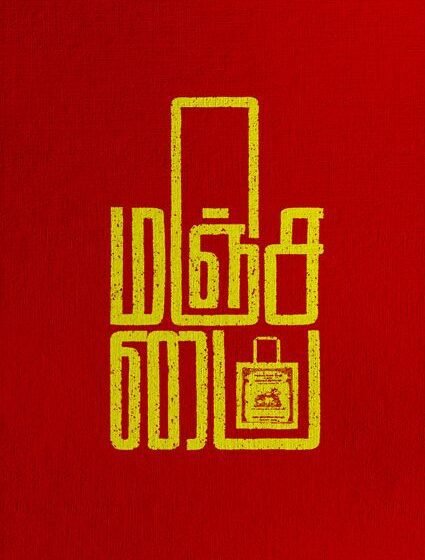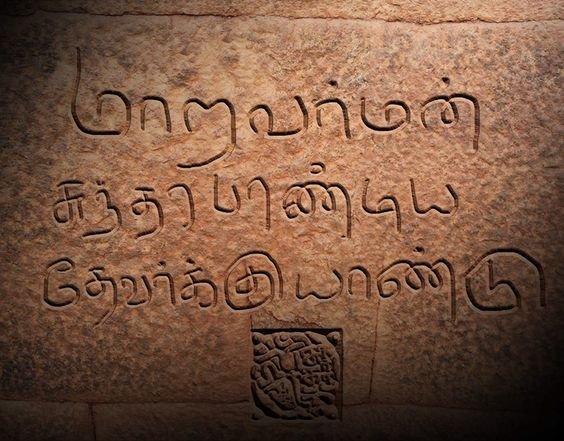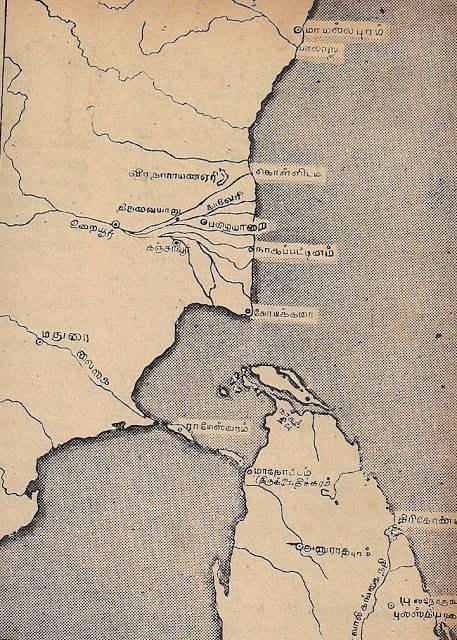Exploring the Fascinating History of the Tamil Language

The Tamil language is a Dravidian language spoken in the southern Indian state of Tamil Nadu, as well as in Sri Lanka, Singapore, and Malaysia. It is one of the oldest languages in the world, with a history that dates back over 2,000 years.
The earliest known Tamil inscriptions date from the 3rd century BCE and were found in caves and on pottery in southern India. These inscriptions provide evidence of a written Tamil language that was in use at this time.Over the centuries, Tamil has continued to evolve and develop, with various dialects and regional variations emerging. Tamil literature, including poetry and drama, has a rich tradition that dates back to the Sangam period, which lasted from the 3rd century BCE to the 3rd century CE.
During the medieval period, Tamil became an important language of religion and culture, with many Tamil literary works being produced during this time.

ORIGIN
The origin of the Tamil language is a topic of much debate among linguists and scholars. While there is no conclusive evidence as to the exact origin of the language, it is believed to have evolved from a proto-Dravidian language that was spoken in South India more than 4,000 years ago.
Tamil is a member of the Dravidian language family, which is one of the oldest language families in the world. The Dravidian languages are spoken mainly in South India and parts of Sri Lanka, and they are believed to have been spoken in the region for at least 4,500 years.
The Chola dynasty, which ruled over a large part of South India from the 9th century to the 13th century, had a well-developed writing system that was used for both administrative and literary purposes. The Chola script was a variant of the Brahmi script, which was the precursor to many of the modern writing systems used in South Asia.

The Chola script was used to write the Tamil language, which was the primary language of the Chola kingdom. The script was also used to write other languages such as Sanskrit and Prakrit. The script was written from left to right, and the characters were usually written on palm leaves, which were then bound together to form books.
One of the most notable literary works of the Chola period was the Thirukkural, a Tamil text that was written by Thiruvalluvar in the 1st century BCE. The Thirukkural is considered one of the greatest works of Tamil literature, and it was written in the Chola script.
Today, Tamil is one of the official languages of India and is spoken by more than 80 million people worldwide.

TAMIL LITERATURE
The Tamil language has a rich literary tradition that dates back more than 2,000 years. The Sangam literature, which is a collection of poems and songs that reflect the lives and culture of the Tamil people, is believed to have been written between 300 BCE and 300 CE. Tamil literature is one of the oldest and richest literatures in the world. Here are a few notable works of old Tamil literature:
- Sangam Literature: The Sangam literature, which is believed to have been written between 300 BCE and 300 CE, is one of the oldest surviving works of Tamil literature. It is a collection of poems and songs that reflect the lives and culture of the Tamil people during that period.
- Thirukkural: Thirukkural is a classic Tamil text written by Thiruvalluvar in the 1st century BCE. It is a collection of 1,330 couplets that cover a wide range of topics, including ethics, morality, and spirituality. Thirukkural is considered one of the greatest works of Tamil literature and has been translated into several languages.
- Silappathikaram: Silappathikaram is an epic poem written by Ilango Adigal.

INFLUENCE OF HINDUISM ON TAMIL LANGUAGE
Hinduism has had a significant influence on the Tamil language, as the majority of Tamil people are Hindus. Here are a few ways in which Hinduism has influenced Tamil language:
- Vocabulary: Hinduism has contributed many words to the Tamil language, especially in the religious and philosophical domains. Words such as “karma”, “dharma”, “yoga”, “bhakti”, and “moksha” are commonly used in Tamil as well as in other Indian languages.
- Literature: Hinduism has been a major theme of Tamil literature, including the Sangam literature, which is one of the oldest surviving literature in Tamil language. Many of the early Tamil literary works were religious in nature and celebrated the Hindu gods and goddesses.
- Festivals and Rituals: Hindu festivals and rituals are an integral part of Tamil culture, and many of the Tamil words and phrases associated with these events have their roots in Hinduism.

DECLINE OF TAMIL OVER YEARS
Use of Tamil language has declined over the years due to various reasons. Here are a few of them:
- Western Influence: The British colonization of India had a significant influence on the decline of Tamil language. During the colonial period, English was promoted as the language of education, trade, and administration, resulting in a loss of interest in Tamil language and literature.
- Migration: Many Tamils have migrated to other countries in search of better opportunities, resulting in a decline in Tamil language use in the once Tamil prominent areas. The younger generation of Tamil migrants is also more likely to adopt the language of the country they migrate to, rather than Tamil.
- Technology: The rise of technology has led to a decline in the use of Tamil language in everyday life. Many Tamils prefer to use English or other languages on social media and other digital platforms.
- Economic Disparities: Tamil language has been historically associated with lower economic status, which has led to a decline in its use in urban areas where people aspire to learn and speak English.
CURRENT SCENARIO
Uses of Tamil in the current era:
- Official Language: Tamil is one of the official languages of India and is recognized as a classical language by the government of India. It is also the official language of the Indian state of Tamil Nadu and the Union Territory of Puducherry.
- Education: Tamil is a language that is taught in many schools and universities around the world. There are also many educational institutions that offer courses in Tamil literature, history, and culture.
- Media: Tamil is widely used in the media industry, including newspapers, magazines, radio, and television. There are also many Tamil language films produced every year in India.
- Literature: Tamil has a rich literary tradition, and there are many contemporary Tamil writers who continue to produce works of literature in the language. Tamil literature is also translated into many other languages.
CONCLUSION
In conclusion, Tamil is an ancient language that has stood the test of time. Its wide use in education, media etc. will entrust that it continues to thrive in today’s modern society of the younger generation. And the preservation and promotion of Tamil will ensure that it continues to inspire and enrich people for generations to come.


